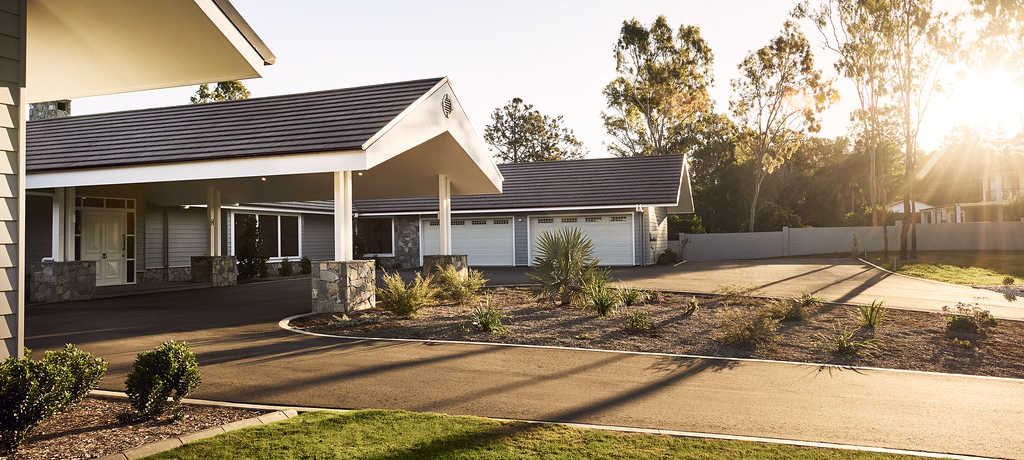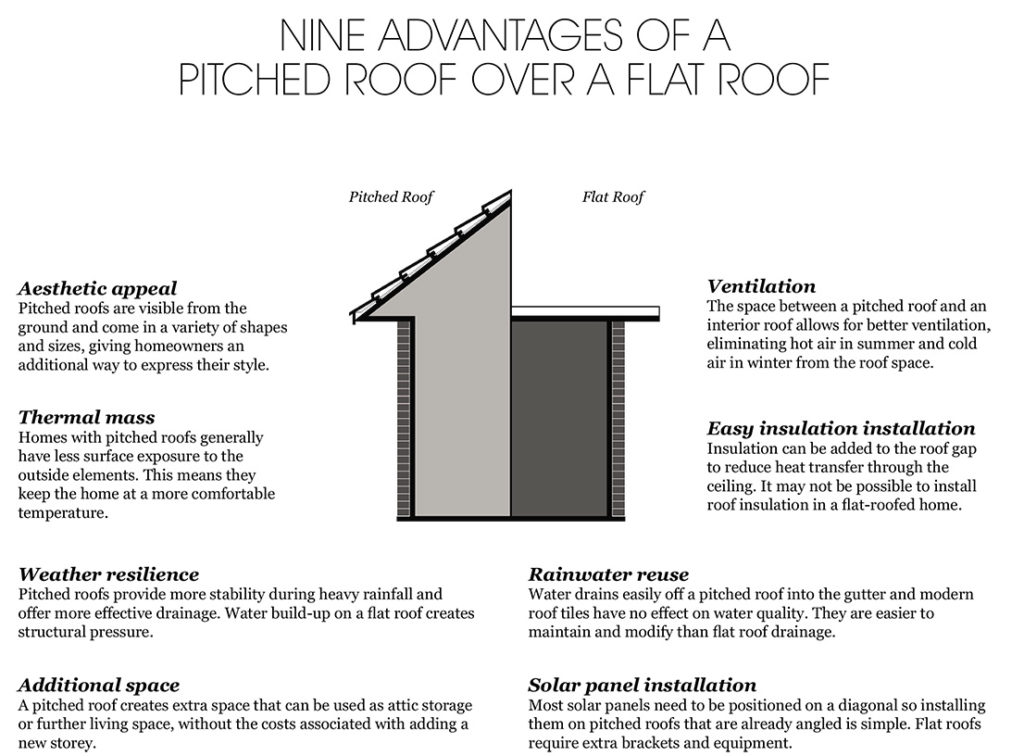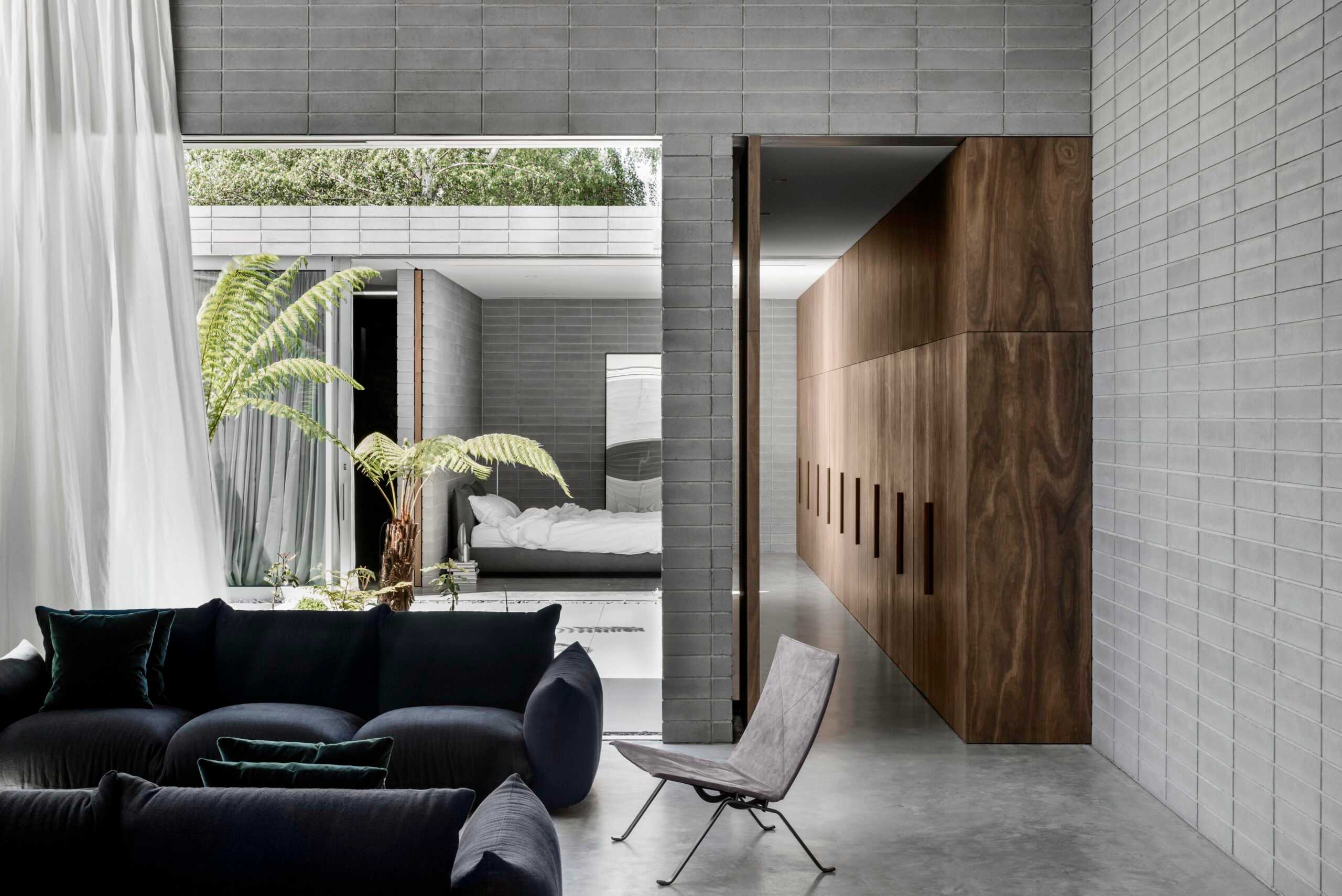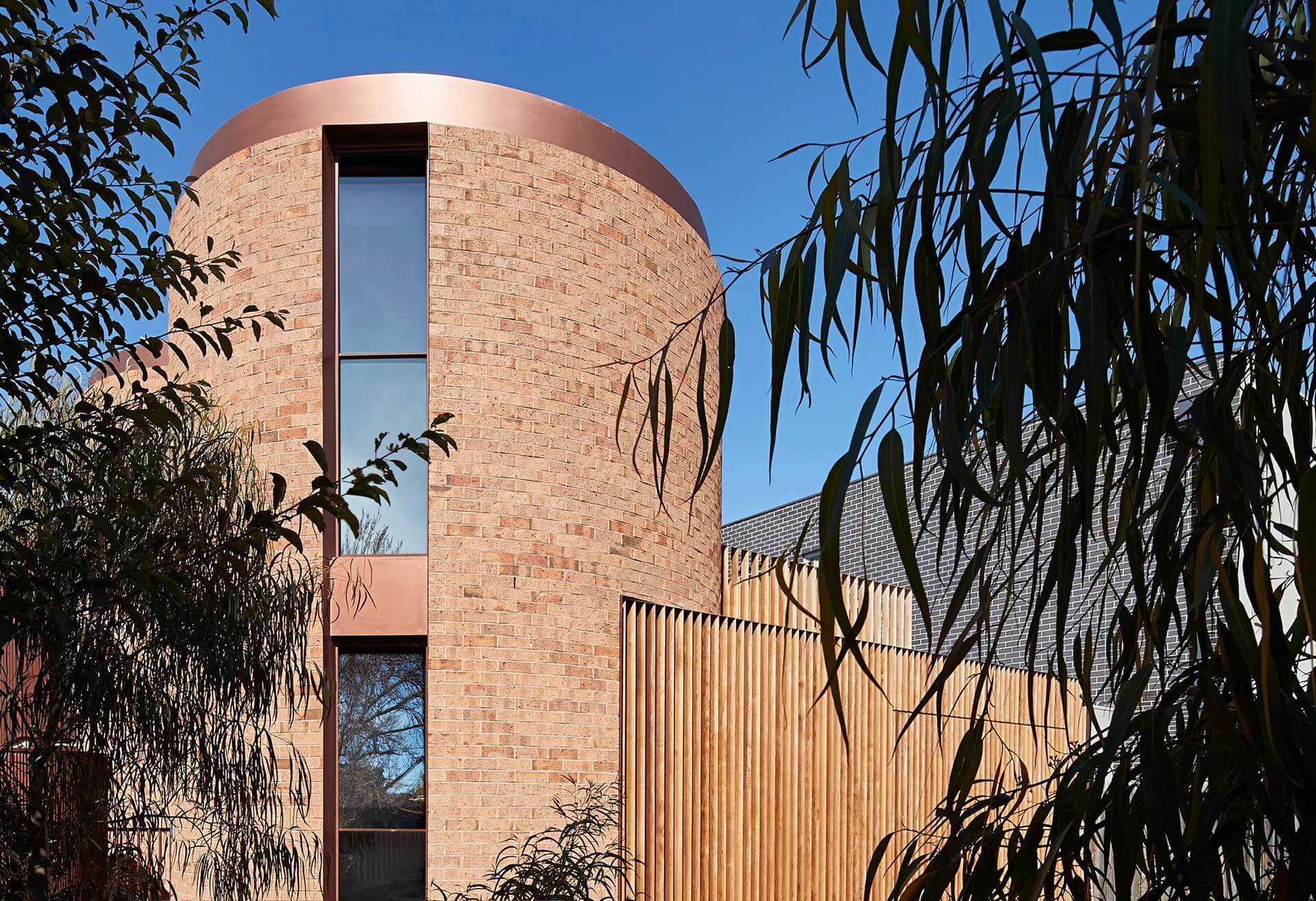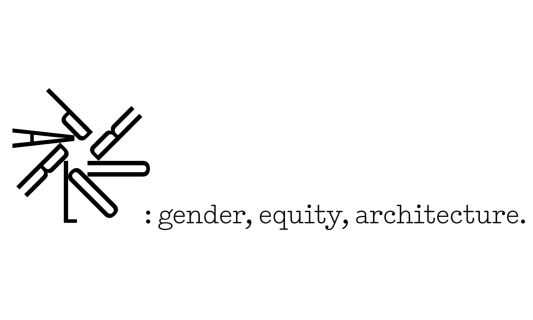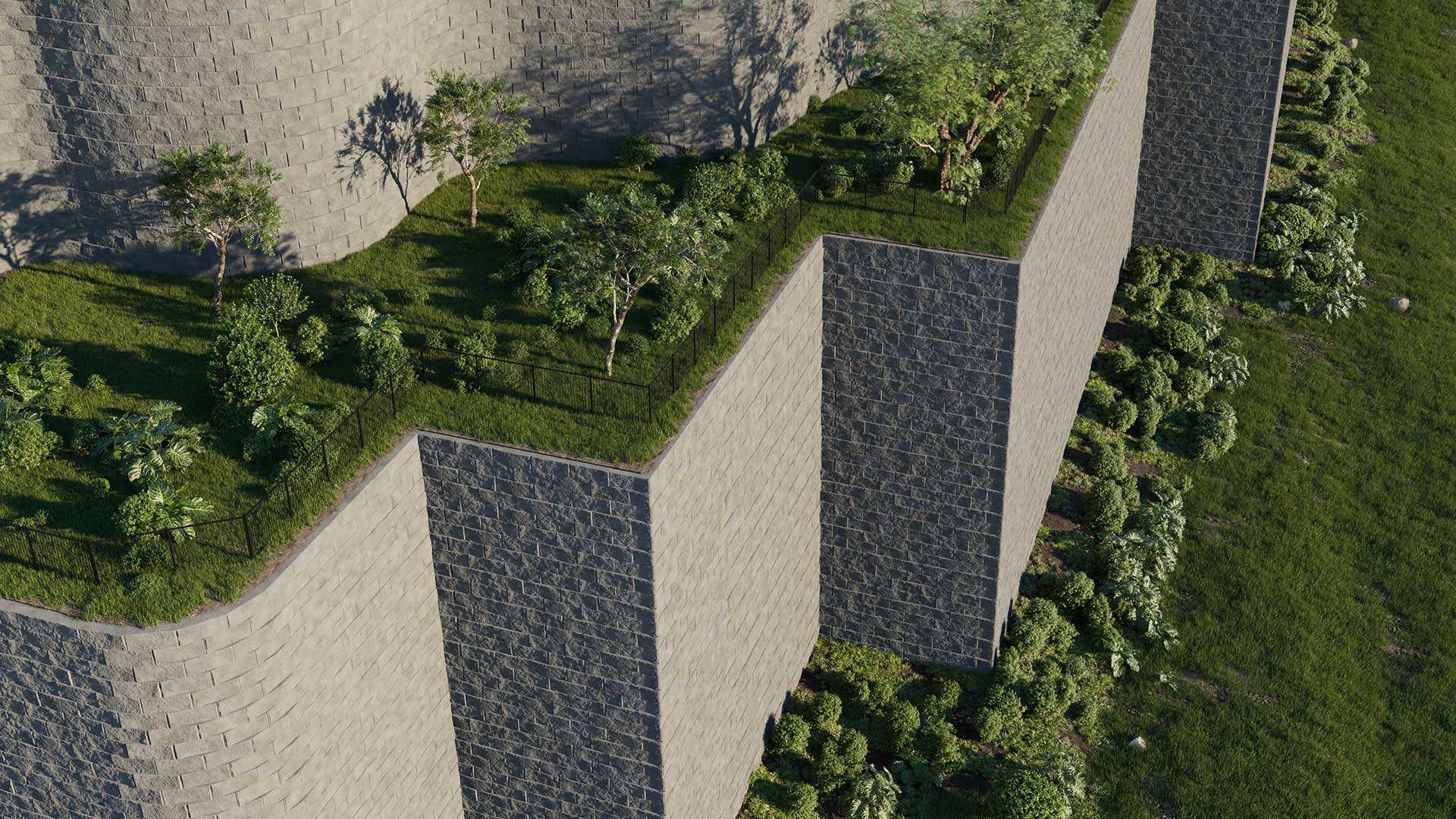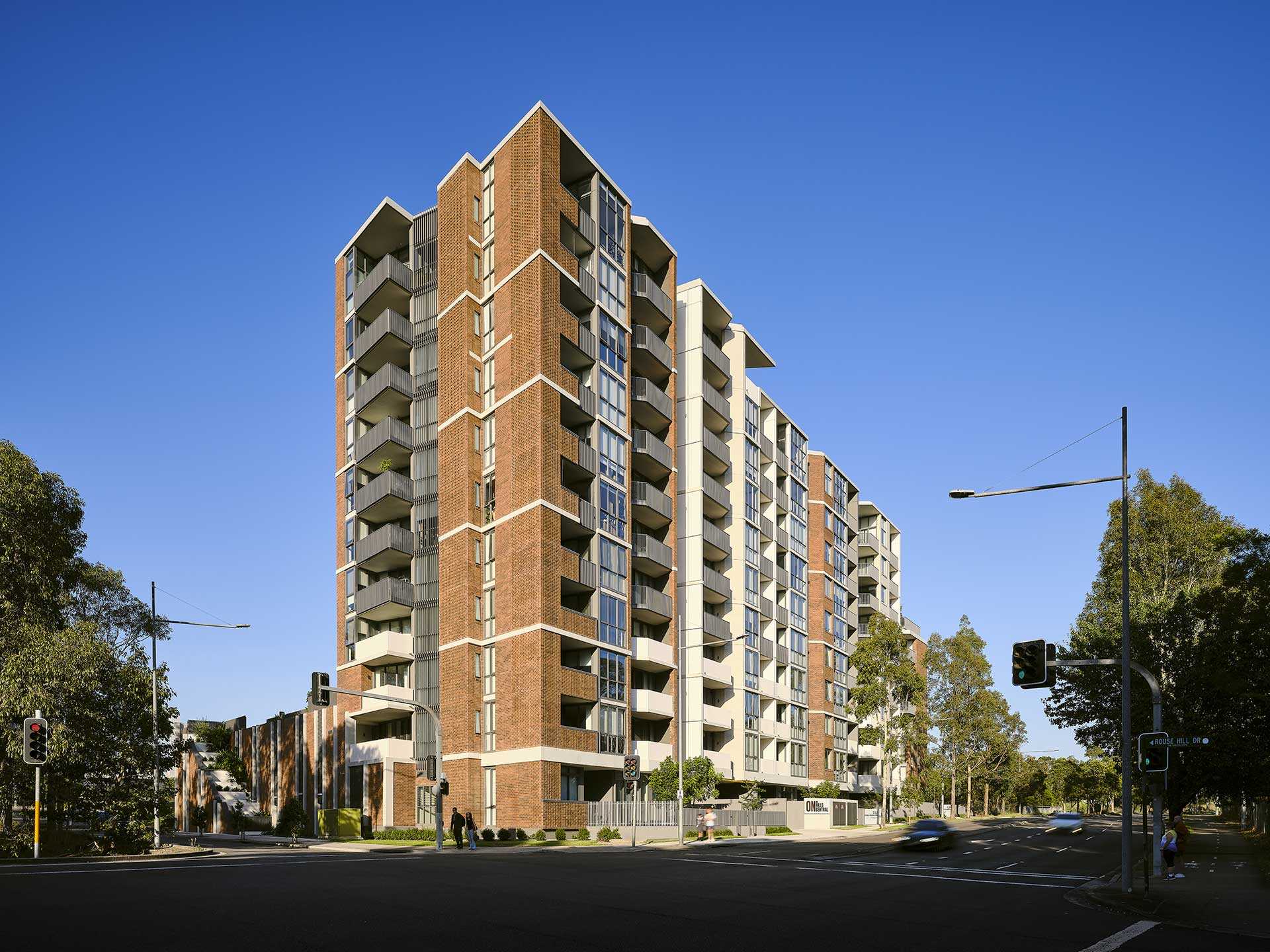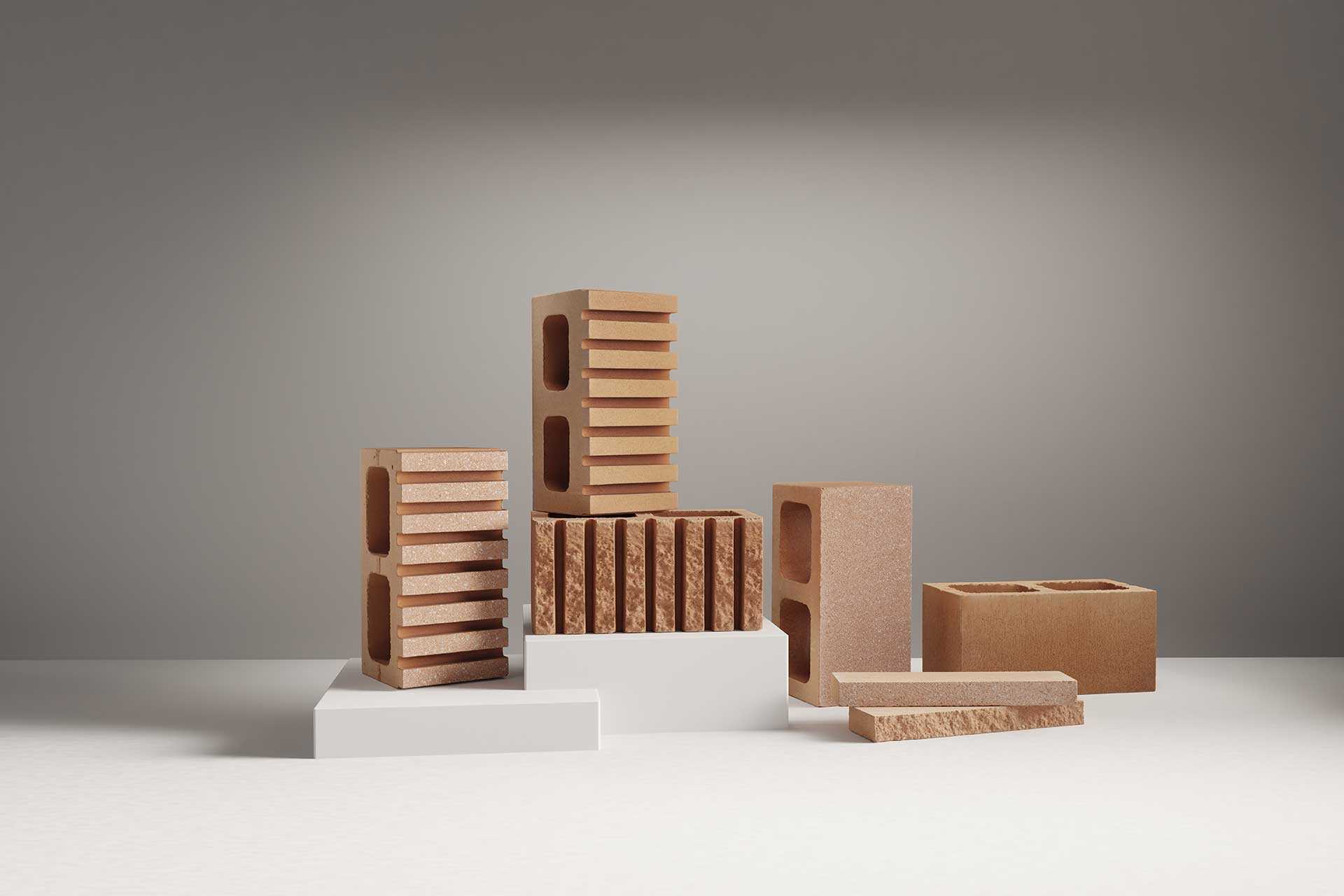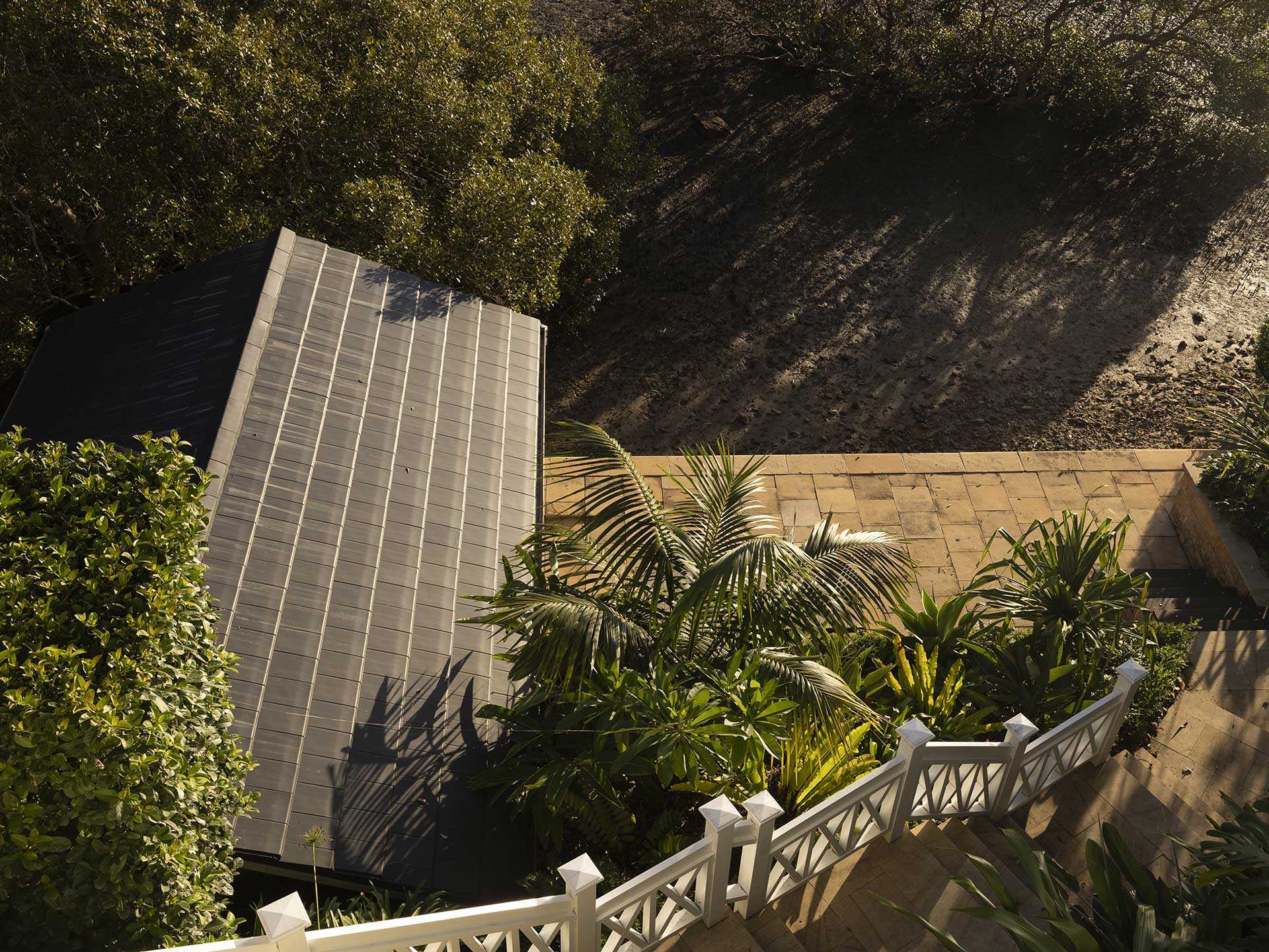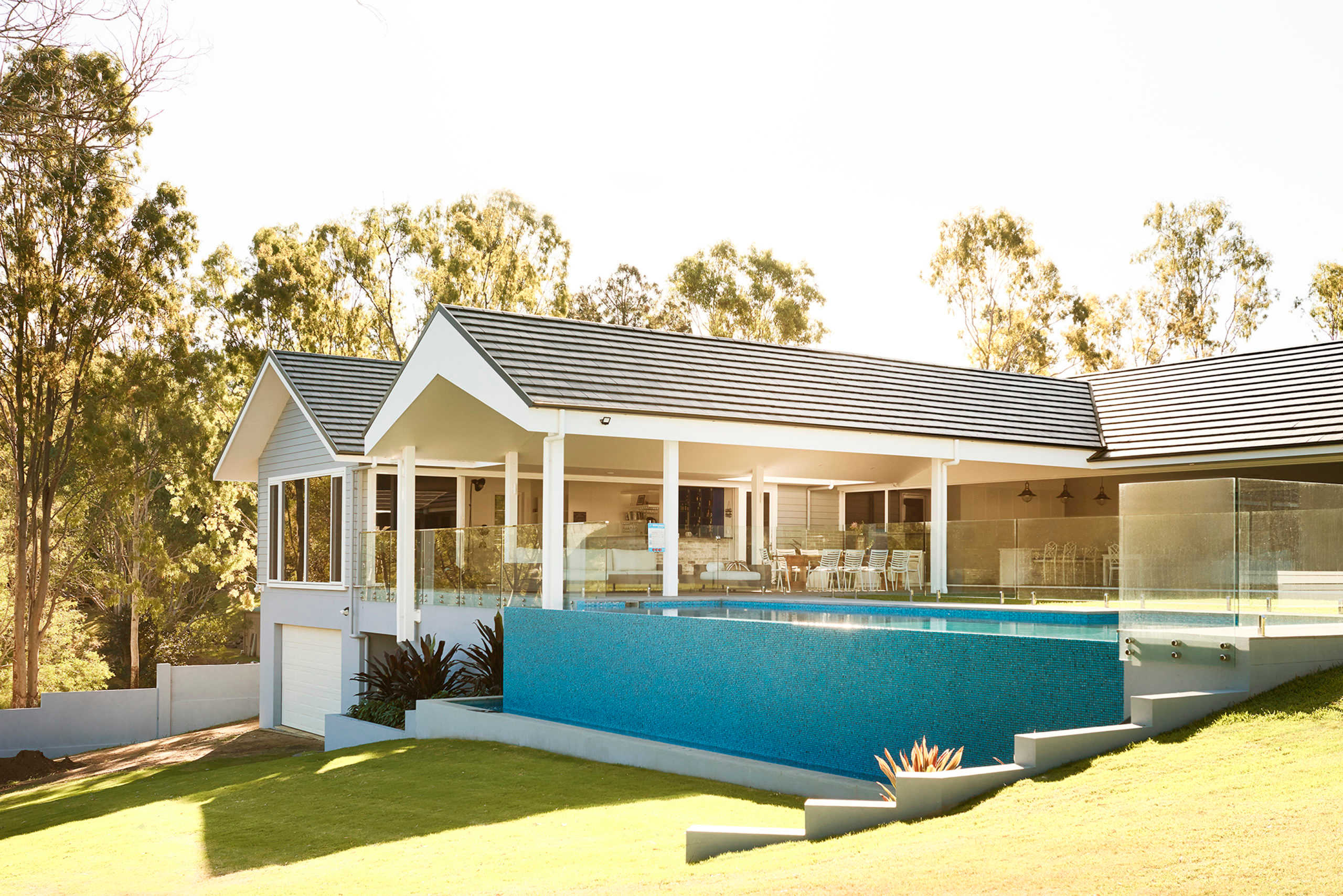
Home
Nine advantages pitched roofs have over flat roofs
A pitched roof is a smart choice for a wide range of reasons. Here, we add up the benefits of choosing pitched over flat.
Get In Touch
Build your dream home.
Learn about our products.
Learn about our products.
Learn from the best.
Join us at an event.
Join us at an event.
Tags
Please register for this event
Get Inspired
Stay up to date with the latest trends, products projects and more on Instagram.
